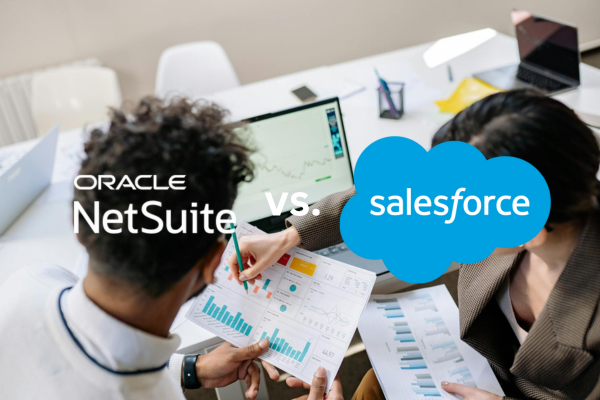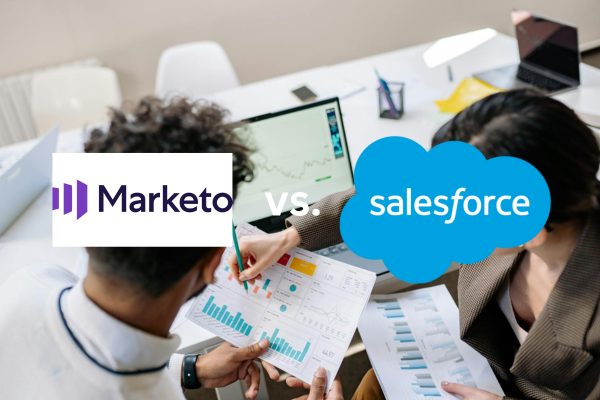Historically, institutions have viewed online learning as an experiment: a niche alternative to traditional in-class learning that serves the needs of non-traditional students. This attitude is most clearly reflected by pre-pandemic budgets for online learning, where only 1 to 3% of institutional budgets were dedicated to digital technologies. However, the pandemic forced institutions to expand their online offerings rapidly – and the results cannot be denied. Students' outlook toward online learning has improved dramatically, with 73% wanting to take fully online courses in the future and 68% reportedly interested in hybrid courses as of 2021.
Students have increasingly adopted remote and hybrid learning opportunities as flexible, affordable alternatives to conventional in-person learning experiences — and it is likely that they will continue to seek them out as the pandemic wanes. That said, providing online experiences isn’t only a matter of keeping pace with evolving student interests; in the future, institutions may view online learning as a way to mitigate the impact of a shrinking traditional enrollment pool.
Online learning: not niche, but necessary
The number of prospective traditional students is on the decline — and could very well continue to drop, as analysts have seen a steep decline in birth rates across the U.S. This problem initially caught the attention of sociologists in 2008 when birth rates dropped drastically amid the Great Recession. Such a drop isn’t uncommon during great economic turmoil, and birth rates usually rebound within two to three years. However, birth rates continued to fall year after year (with the exception of 2013 and 2014), causing alarm and a great deal of speculation. Birth rates continued to drop steadily until 2021, when researchers saw a 1% uptick for the first time in years – nonetheless, total births were still lower than any other year since 1983.
While the widespread sociological impact of this phenomenon is up for debate, its impending impact on higher education is more certain. Jenny Hall, Gerent’s SVP of Education and Nonprofit, explains that while large universities might struggle a little as the number of college-bound graduates shrinks, smaller institutions and those who have not advanced their infrastructure to support online and blended learning models will likely suffer the most.
“The largest, most traditional enrollment pool for institutions usually ranges from about 18 to 24 – and the simple fact is, there are fewer 18 to 24-year-olds out there now, and there will be even less in the coming years,” Hall stated in an interview. “Institutions like Yale and Harvard may not feel the pinch, but community colleges, state universities, or any other institution that serves a more niche audience will be severely impacted.”
With fewer 18 to 24-year-old students available for enrollment, community colleges and state universities may find themselves in direct competition with larger institutions for applicants. To remain competitive as this problem worsens, higher education organizations must expand their prospective applicant pool beyond their years-old traditional audience, and attempt to secure and retain enrollments from non-traditional markets.
“Yes, the traditional student base also wants more online and hybrid learning options,” Hall elaborated. “But institutions should consider how online and hybrid learning can help them reach out to and engage other, less traditional bases of students. How can they help make learning accessible for the working adult who doesn’t want to drive an hour and a half to a school and sit in a classroom with 20-something-year-olds? Or the out-of-state student with the potential to succeed, but doesn’t have the money to move and stay on campus?”
“This is the real opportunity online learning provides,” Hall finished. “It makes education more accessible, and more affordable, for all.”
Making remote learning as accessible as possible
As research shows a positive shift in attitude towards online learning, institutions should consider how they might expand those offerings to create a new gold standard for higher education. Traditionalists might say that online learning poses more risks than rewards – but the reality is that remote learning expands the scope of who can access education, when they can access it, and how they can empower themselves to succeed.
As the impact of falling birth rates makes itself apparent, even skeptics will recognize the benefits of embracing this new approach. Making education accessible for all is a win-win, keeping institutions alive and empowering a whole new generation of students, traditional and nontraditional, to create a brighter future.
In pursuing this brighter future, organizations can leverage digital collaboration platforms like Salesforce to craft engaging experiences that drive student success. Such platforms support online and hybrid learning environments by empowering educators to track student journeys, provide support when needed, and connect students to faculty and peers throughout their education.
If you're interested in learning more about how to support your gold-standard online learning initiatives with Salesforce, please email or give us a call here.










